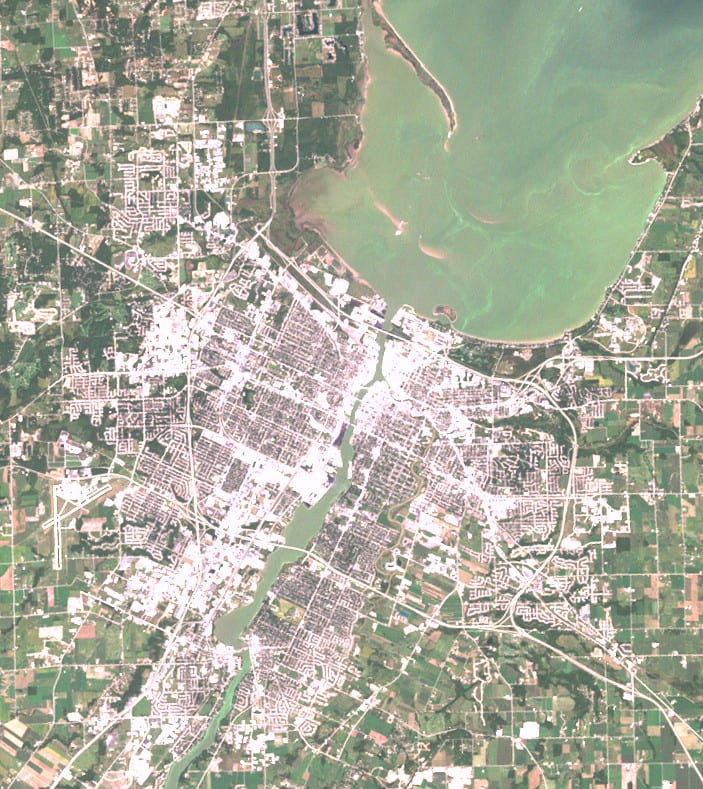You know those scenes in movies where the main character is standing on the edge of a cliff and all of the sudden the ground falls out beneath him and he drops into the water? In Great Lakes communities, that is an actual concern for some people.
There has been an increasing demand for a new standard of care to be upheld in the Great Lakes. People demanded that we not just minimize harm but also rehabilitate the Great Lakes. In February 2009 President Obama proposed a $475 million Great Lakes Restoration Initiative Action Plan. The Great Lakes Restoration is now a National Priority.
There are five significant ecosystem problems in the Great Lakes.
- Toxic Substances and Areas of Concern (e.g. pollution prevention and clean up)
- Invasive Species
- Nearshore Health and Nonpoint Source Pollution (e.g. reduce polluted runoff from urban, suburban, and agricultural sources)
- Habitat and Wildlife Protection and Restoration
- Accountability, Education, Monitoring, Evaluation, Communication, and Partnerships

Where does the Biodiversity Center fit into all of this? The Center is hosting a workshop that will be held at UWGB on June 19, 2012. This workshop focuses on developing online tools to help local decision-makers address hazard related threats and effects of climate change on Great Lakes communities. For example, if a company wanted to build on a bluff near Lake Michigan they would have to talk to a zoning director about how close to the edge of the bluff they can build. The zoning director could use these online tools to figure out how far away from the edge the building has to be so it won’t be at risk of falling into the water someday due to bluff erosion. The goal of this project is for coastal communities to have a better understanding of how they may be impacted by the hazards of a changing climate, and to provide new tools and information for developing adaptive plans.
At this workshop, decision makers will have the opportunity to interact with the online tools. The tools incorporate geospatial data, science-based information, and visualizations. The goal is for decisions-makers to understand and document the effects of “proposed projects” and what liabilities those projects may create for the community. At the workshop, the instructor will propose a project and the users can use the tools to consider if the project will:
- Accelerate/amplify existing hazards (e.g. erosion and flooding)
- Increase infrastructure costs and liabilities related to flooding and shoreline protection
- Worsen resource management challenges associated with water quality, habitat conservation, and the public trust doctrine
- Decrease the economic, cultural, physical, and ecological resilience of natural and built coastal environments
After the workshop, the users will give their feedback based on their experience with the online program. This feedback is vital in determining how beneficial these online tools will be for local officials in their decision making tasks.
There are four main categories for the online tools.
- Hazards Management and Planning: this section of the online tools is based on demographic data, land use and parcel data, hazard and flood maps, and climatology data (e.g. extreme temperatures, precipitation change, and flood events).
- Coastal Erosion and Bluff Recession Prediction: the section demonstrates the connections between weather and climate conditions, coastal recession, bluff retreat hazards, and shoreline management strategies.
- Coastal Infrastructure Planning: the section focuses on coastal structures including their maintenance costs, effectiveness and regional impacts (e.g. hardened shorelines, recreational and commercial use).
- Habitat Conservation and Restoration Planning: this section focuses on protecting the region’s key ecosystem resources, especially maintaining the protective and beneficial functions of natural floodplains.
The National Oceanic and Atmospheric Administration (NOAA) Coastal Services Center and Association of State Floodplain Managers are key partners for this project.
